Search Results for 'Edward Martyn'
11 results found.
Thoor Ballylee - The perfect home for a poet
In August 1896 WB Yeats and his friend Arthur Symons went on a tour of the west of Ireland. The poet was 31 years of age. They stayed with Edward Martyn at Tulira Castle, Ardrahan, visited the Aran Islands, and Yeats made his first visit to Lady Gregory at Coole Park.
Some awful things that George Moore said...
You might think that those at the core of the Irish literary renaissance at the beginning of the 20th century, were one big happy family beavering away in their rooms at Lady Gregory's home at Coole, Co Galway. In those early days it was a house full of voices and sounds. Sometimes you heard WB Yeats humming the rhythm of a poem he was cobbling together; or the click-clacking of Lady Gregory's typewriter as she worked on another play for the Abbey. There was the sound of the Gregory grandchildren playing in the garden; the booming voice of George Bernard Shaw, as he complains that he is only allowed to have either butter or jam on his bread, but not both to comply with war rations (He cheated by the way. He put butter on one side of his bread, and when he thought no one was looking, piled jam on the other!); or the voices of the artist Jack Yeats and JM Synge returning from a day messing about on a boat calling out to a shy Sean O'Casey to come out of the library for God's sake and enjoy the summer afternoon.
The really ‘cultivated classes’ were the Irish themselves
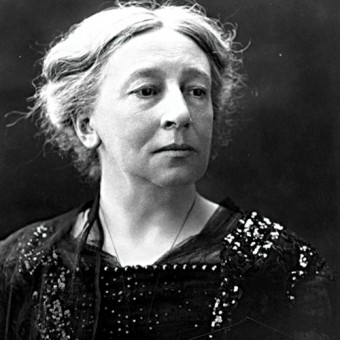
“ We are no petty people. We are of the great stocks of Europe. We are the people of Burke; we are the people of Swift, the people of Emmet, the people of Parnell. We have created most of the modern literature of this country. We have created the best of its political intelligence...." so spoke out WB Yeats proudly, during a passionate debate in the senate in June 1925.
New book on George Moore to be launched
GEORGE MOORE, the Irish novelist and man of letters, and an influence on Virginia Woolf and James Joyce, is the subject of a new book of essays.
Public talk on the life of Lady Gregory
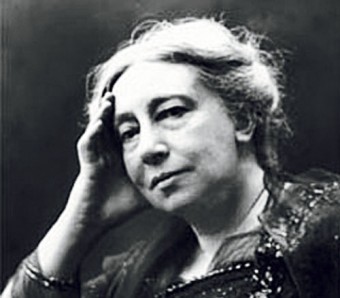
George Bernard Shaw once described Lady Augusta Gregory as “the greatest living Irishwoman”, a title she may deserve for her role in the Irish Literary Revival.
Why are the initials of James Joyce missing from Coole’s famous tree?
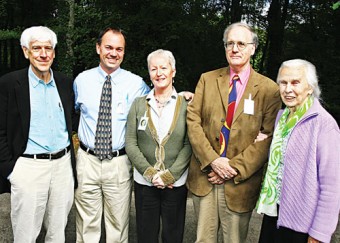
What would have happened to James Joyce had he come to the relative comforts of Coole, instead of opting for hardship and exile and the life of a wandering artist in Europe?
Celebrated author Jennifer Johnston to address Lady Gregory autumn gathering
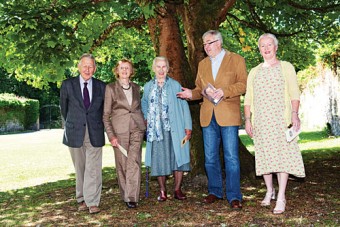
The highly successful Lady Gregory Autumn Gatherings will continue in Coole Park, Gort, from Friday September 24 to Sunday September 26. Recognising the remarkable influence of Lady Augusta Gregory on the development of Irish theatre and literature, this 16th gathering highlights her unique inspiration for the early foundations of the Abbey Theatre.
A heavy shadow over Coole
In Roy Foster’s impressive biography of WB Yeats* he tells an interesting anecdote concerning the sinking of the RMS Lusitania off the Cork coast on May 7 1915. The Galway writer Violet Martin (the second half of the caustic but amusing Sommerville and Ross duo), was walking by the sea near Castletownshend, Co Cork, when she saw the Lusitania pass in ‘beautiful weather’. Half and hour later, as the ship steamed passed the Old Head of Kinsale on her way to Liverpool, it was torpedoed by a German U-boat. Nearly 2,000 people perished.
Celebrating Lady Gregory - the Autumn Gathering at Coole
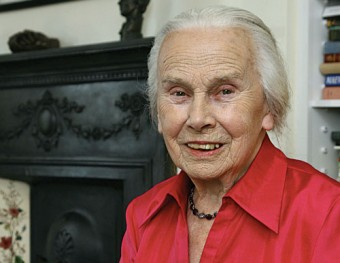
TOMORROW, SATURDAY, and Sunday, the fabled Coole Park plays host to the 14th annual Lady Gregory Autumn Gathering which, as ever, features a top-notch array of speakers and performers coming together to celebrate Lady Gregory and her world.
Some of the awful things George Moore said...
You might think that those at the core of the Irish literary renaissance at the beginning of the 20th century, were one big happy family beavering away in their rooms at Lady Gregory’s home at Coole, Co Galway. In those early days it was a house full of voices and sounds. Sometimes you heard WB Yeats humming the rhythm of a poem he was cobbling together; or the click-clacking of Lady Gregory’s typewriter as she worked on another play for the Abbey. There was the sound of the Gregory grandchildren playing in the garden; the booming voice of George Bernard Shaw, as he complains that he is only allowed to have either butter or jam on his bread, but not both to comply with war rations (He cheated by the way. He put butter on one side of his bread, and when he thought no one was looking, piled jam on the other!); or the voices of the artist Jack Yeats and JM Synge returning from a day messing about on a boat calling out to a shy Sean O’Casey to come out of the library for God’s sake and enjoy the summer afternoon.

